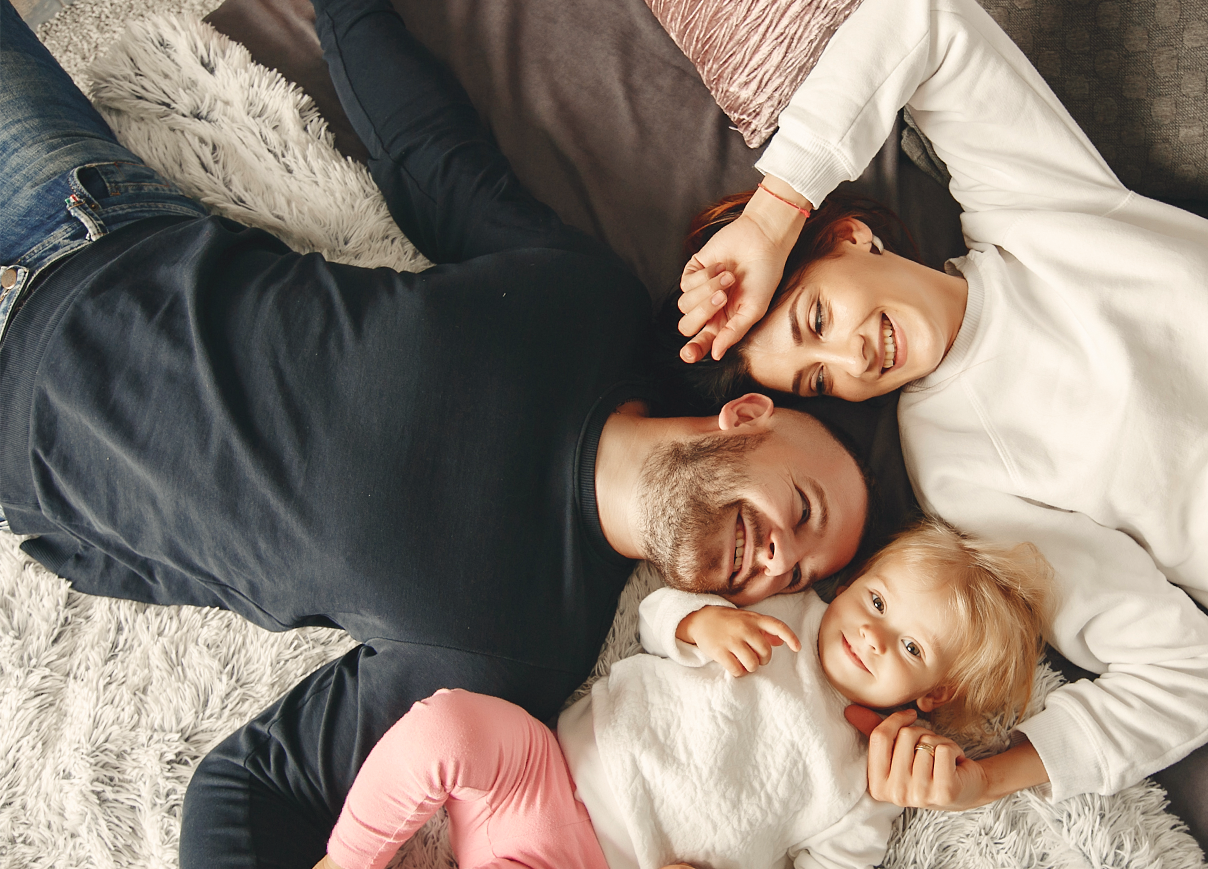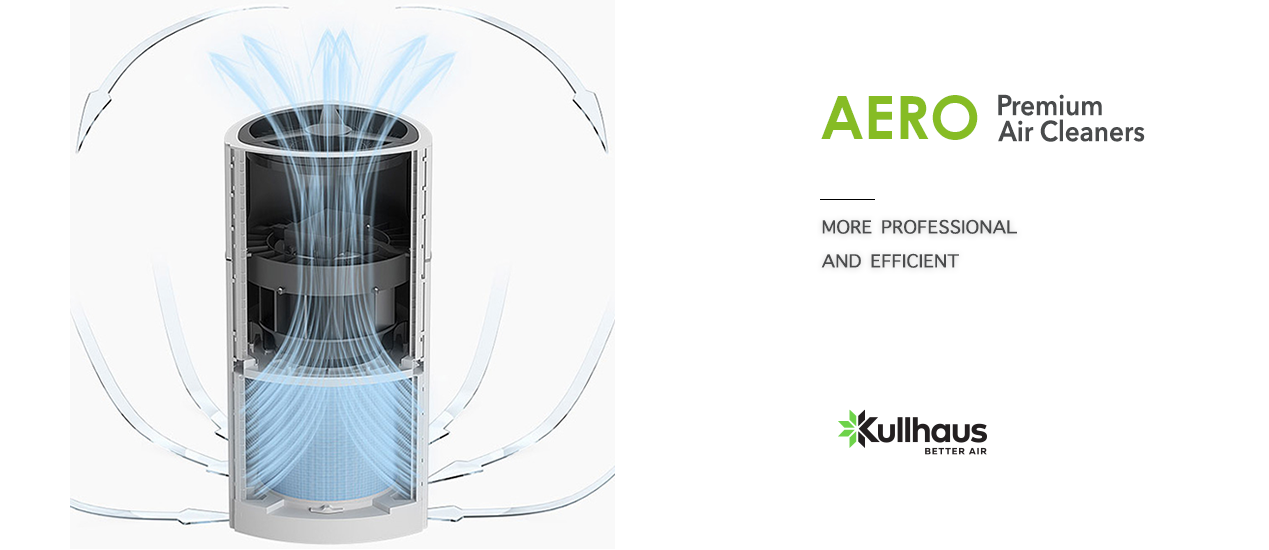

HEPA 13 Filter - an advantage over Covid-19
Sars-Cov 2 transmission: what do we know?
The World Health Organization has identified 3 routes of transmission of Covid-19: When touching the mucous membranes of the face (eyes, nose, mouth) with hands or surfaces infected with the virus. When we come into contact with droplets when an infected person speaks to us, coughs, sneers or blows his nose. When we inhale the contaminated aerosols into the air, emitted by an infected person, when it speaks, coughs, laughs, etc... The last two modes of transmission are more likely when people are in close proximity (less than a meter) to an infected person. Rather, transmission through aerosols can be caused indoors, fraught with people and with insufficient ventilation.
HEPA Filter 13: the solution?
Air purifiers help fight the spread of bacteria and viruses, but also eliminate bad odors and volatile organic compounds (VOCs), using various procedures. Devices based on the HEPA (High Efficiency Particulate Air Filter) filter capture the smallest particles in the air.
French National Institute for Research and Security
According to the INRS l'Institut National de Recherche et de Securite (National Institute of Research and Safety), in no case is it recommended to use devices using physicochemical air treatment (catalysis, photocatalysis, disinfection with ultraviolet radiation, plasma, ozonation, ...) Not only has their effectiveness against viruses not been proven, but after degradation of pollutants that are sometimes imperfect, they can negatively affect indoor air quality through the formation of potentially hazardous compounds to health, including CHEMICAL AGENTS CMR." ( [ [see article]
The institute is categorical: "only devices equipped with HEPA filters of minimum class H13 according to the EN 1822-1 standard can effectively stop aerosols that are likely to carry the virus, provided that regular maintenance is carried out in accordance with the recommendations of the supplier.
HEPA 13 Filters Capture and Filter 99.95% of Particles 0.3 Micron
In 2016, NASA, on the basis of various theoretical positions, published a study on the HEPA 13 filter that showed that it had a particle capture capacity of the order of 10 nanometers (0.1 micrometers), a figure corresponding to that of SARS-CoV-2. Indeed, the diameter of the stem is between 60 and 140 nanometers, representing 0.06 to 0.14 micrometers, thus supporting the inrs' argument in the HEPA 13 filter.
Ελληνικός Εθνικός Οργανισμός Δημόσιας Υγείας
EODY on its official website has posted [“ ["Guidelines for the cleaning and disinfection of the surrounding Areas of Health Services provided that have been exposed to the SARS-CoV-2 virus"]. In section 4.1 concerning the General Recommendations for Ventilation, it states, inter alia: " - The possible air infectivity is reduced from 100% to less than 1% within 30 minutes for a space with an active ventilation system of 10 to 12 air changes per hour (ACH) and within 1 hour for a space with an active ventilation system 6 air changes per hour (ACH). - **Recycling the air without ensuring continuous cleaning with HEPA filters should be completely avoided, especially in aerosol production areas.** - The use of portable units with HEPA filters for filtering the air near the point where it was weak is an appropriate solution, where required."
Number of changes (purification) of the air per hour
It should also be emphasized that the effectiveness of the air purifier with HEPA 13 filter depends on how many times the air passes (purified) per hour from the air purifier. According to EODY, 10 to 12 changes per hour should be calculated. It is important to know the CADR degree of the air purifier. This determines the volume of filtered – fresh air that an air purifier can deliver per hour. In other words, CADR is the objective standard for evaluating the capacity - effectiveness of an air purifier.
Number of air changes according to the Air Volume
Room air volume: Measure the length, width and height of your room in meters and multiply the three together to give you the cubic volume of the room's air [m³]. If the symptoms are mild, three times an hour, it will be fine, five times an hour, it will give better results. If your allergy is severe, as well as to treat cigarette smoke, you should calculate seven or eight times a change in air per hour.
| Model | Number of air changes per hour | |||||
|---|---|---|---|---|---|---|
| Kullhaus AERO | 3 | 4 | 5 | 6 | 7 | 8 |
| 124m³ | 93m³ | 74m³ | 62m³ | 53m³ | 46m³ | |
| Model | Number of air changes per hour | |||||
|---|---|---|---|---|---|---|
| Kullhaus AERO+ | 3 | 4 | 5 | 6 | 7 | 8 |
| 165m³ | 124m³ | 99m³ | 82m³ | 71m³ | 62m³ | |
Conclusions
The HEPA 13 filter is therefore extremely effective in dealing with Covid-19, combined with [1] the existence of a good ventilation system (mechanical or natural) and [2] the correct calculation so that the total room air passes (cleaned) 10 -12 times per hour from the air purifier.


.jpg)







